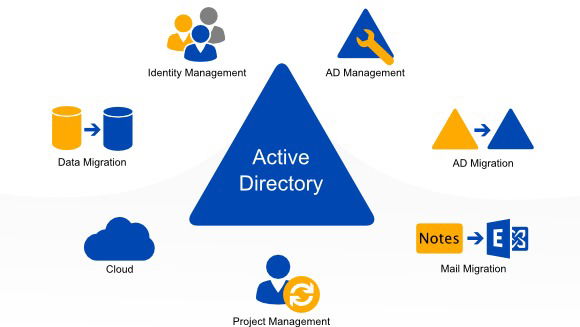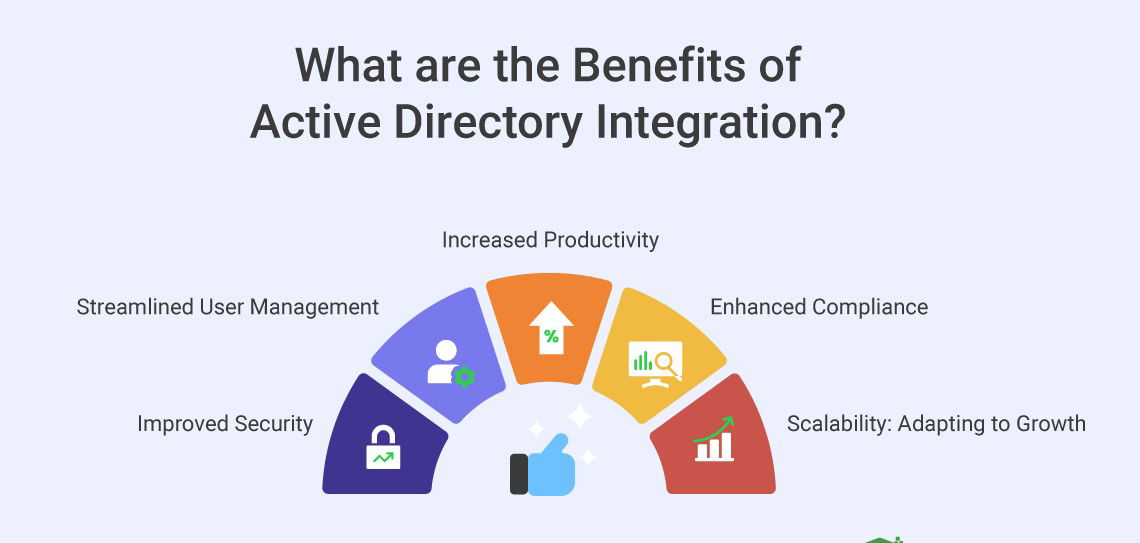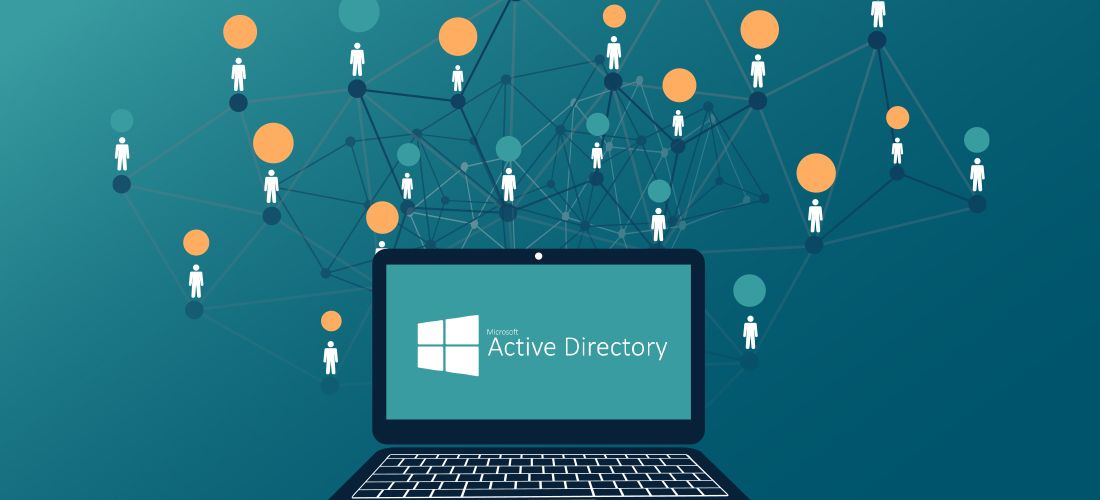Active Directory | FGRADE
Active Directory (AD) is a database and set of services that connect users with the network resources they need to get their work done.
What is Active Directory and How does it Work?
Active Directory(AD) is a database and set of services developed by Microsoft that acts as the central nervous system for most enterprise networks. It’s the cornerstone of modern IT infrastructure, providing the means to connect users with the network resources they need to get their work done. Think of it as the network’s master key and phone book combined. The database, or directory, stores all critical information about your environment who the users and computers are, their permissions, and where resources are located.
The services enforce security roles, ensuring that users are who they claim to be (authentication) and are only allowed to access the data they are authorized to use (authorization), In short, AD streamlines management, boosts security, and enables seamless resource sharing across the entire organization. Without Active Directory, managing a large-scale Windows network would be inefficient, complex, and highly insecure. It allows IT teams to manage all identities and access privileges from one central point, simplifying what would otherwise be a chaotic and manual task.
What are the primary components of Active Directory?
Active Directory has a layered architecture made up of logical and physical components.
Logically, it starts with the Schema, which defines what types of objects (users, computers, groups) exist and their attributes. Objects are real instances of these definitions, like an individual user account. These objects are grouped into Organizational Units (OUs) for easier administration and policy management.
The Domain is the core boundary where objects share common security rules. Multiple domains with connected namespaces form a Tree, and multiple trees sharing a schema and security boundary form a Forest. The Global Catalog (GC) is a searchable index that lets users find resources anywhere in the forest without knowing their exact domain.
Physically, Domain Controllers (DCs) host the AD database and handle authentication. Sites represent physical network locations to optimize replication traffic. Replication keeps all DCs in sync, ensuring consistent data across the network.
Together, these components create a hierarchical, scalable, and secure identity management system.


What are the benefits of Active Directory?
Active Directory is widely adopted because it boosts efficiency, security, and scalability.
The biggest strength is Centralized Management. IT teams can control all users, computers, and groups from one console, cutting down time spent on provisioning, de-provisioning, and access setup.
Security and Compliance are another major win. AD enforces strong password rules, lockout policies, and role-based access control, ensuring least privilege and reducing breach risks. It also supports regulatory compliance by keeping clear access records.
With Single Sign-On (SSO), users log in once and access all authorized resources, improving productivity and user experience.
Finally, its redundancy and scalability through multiple Domain Controllers and replication keep services highly available and ready to grow with the organization.
Why is Active Directory a target for attackers?
Active Directory is the ultimate target because it controls authentication and authorization across the enterprise—compromise a Domain Controller or Domain Admin and you get the “keys to the kingdom.”
Once inside, attackers can create or modify accounts, grant themselves access to sensitive systems, and lock out defenders. AD also enables lateral movement and persistence: stolen credentials or forged Kerberos tickets let attackers move through the network and establish backdoors that survive patches or password changes.
Finally, a compromised AD makes mass attacks and data theft trivial—ransomware or exfiltration can be deployed rapidly and broadly.


What tools are used by Active Directory attackers?
Active Directory is the primary target in sophisticated intrusions. Attackers focus on three goals: enumeration, credential theft, and privilege escalation.
Enumeration: BloodHound (with SharpHound) maps users, groups, trusts, and attack paths so adversaries can find the shortest route to high-value targets like Domain Admins.
Credential theft: Mimikatz extracts plaintext passwords, hashes, and Kerberos tickets from memory; tools like Impacket exploit AD authentication protocols (NTLM, Kerberos).
Privilege escalation: Techniques such as Kerberoasting and Golden Ticket attacks (compromising KRBTGT) let attackers gain domain-wide control. Legitimate admin tools and scripts (for example, PowerView) are often abused to query AD and find misconfigurations.
FAQs
What is Active Directory AD?
AD is a Microsoft directory service that centralizes the management of user identities, computers, and other network resources to control access and enforce security policies across an enterprise network.
What is the difference between AD and DC?
AD(Active Directory) is the service and the database itself. A DC(Domain Controller) is the specific server running the AD Domain Services (AD DS) role, which hosts a copy of the AD database and processes all network authentication requests.
What is GPO in Active Directory?
GPO(Group Policy Object) is a virtual collection of policy settings. Administrators use GPOs to define and enforce specific configurations for users and computers, such as password requirements, desktop settings, or software installation rules, across a domain.
What is AD in MS?
In the context of Microsoft, AD refers to Active Directory, a directory service included with Windows Server operating systems for managing domain networks.
What are the 5 FSMO roles in Active Directory?
The 5 Flexible Single Master Operations roles are special, single-instance roles assigned to specific Domain Controllers to prevent conflicts in multi-master replication. The two forest-wide roles are Schema Master and Domain Naming Master. The three domain-wide roles are PDC Emulator, RID Master, and Infrastructure Master.
What is AD replication?
AD replication is the process by which changes made to the Active Directory database on one Domain controller are automatically synchronized and copied to all other Domain Controllers in the domain or forest, ensuring data consistency and redundancy. AD Partitions, or Naming Contexts, are distinct sections of the Active Directory database that replicate independently. The three main partitions are the Domain Partition, the Schema Partition, and the Configuration Partition. What are AD Partitions?

Search, compare & buy top business software with FGRADE. Find the best deals on Microsoft 365, Zoho, Google Workspace & more. Shop smart & save big!
Office Address
AWFIS, Ground Floor, DSL abacus it park, Survey Colony, Industrial Development Area, Uppal, Hyderabad, Telangana 500039
©2025 FGrade, All rights reserved.
